A Jungian Perspective on the Symbolism and Cultural Significance of Halloween Creatures
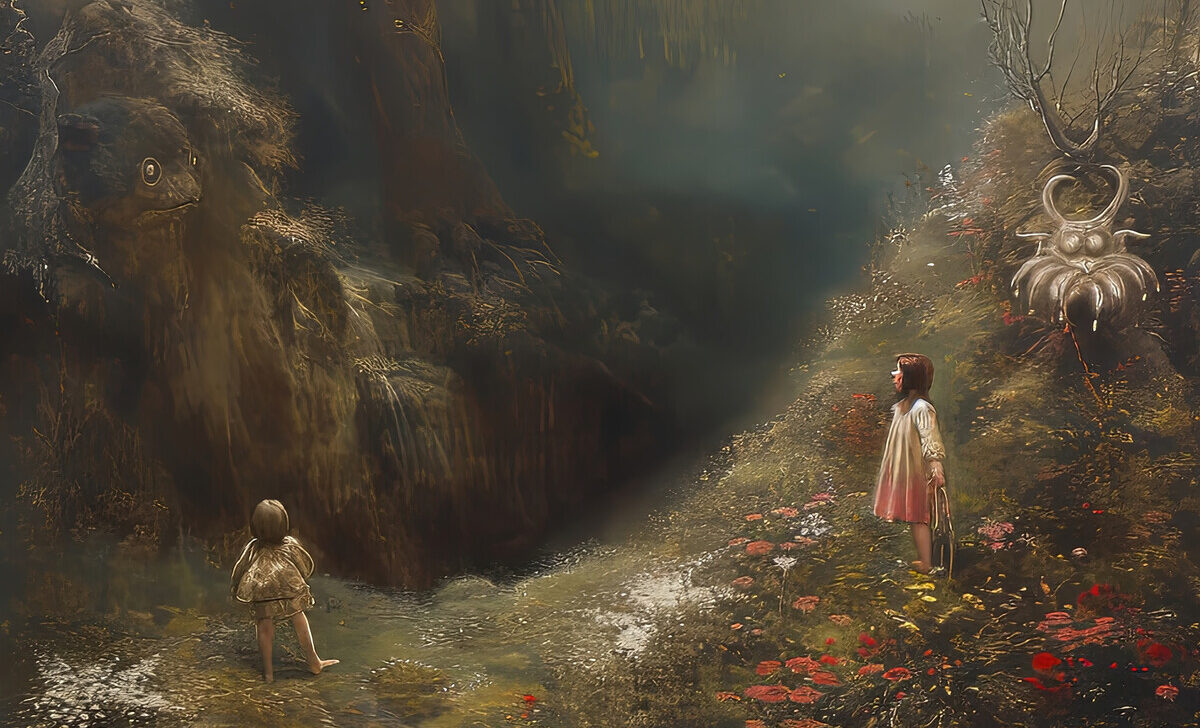
From the depths of our collective unconscious, monsters have long haunted our dreams and nightmares. These creatures, often associated with Halloween, take on various forms, such as vampires, werewolves, zombies, and ghosts, each embodying unique fears and anxieties that we may struggle to confront in our waking lives. By examining the appearance of these monsters in dreams from a Jungian perspective, we can gain insight into their symbolic significance and the role they play in helping us navigate the complex landscape of our psyche.
Monsters as Archetypes and Shadow
Figures In Jungian psychology, monsters can be understood as archetypes, universal symbols that reside within the collective unconscious (Jung, 1964). These archetypes often represent aspects of the shadow, the hidden or repressed parts of ourselves that we fear or reject (Jung, 1959). By confronting these shadow figures in our dreams, we engage in a process of integration, gradually assimilating these disowned aspects of ourselves into our conscious awareness (Jacobi, 1959).
Vampires and the Fear of Exploitation Vampires, with their insatiable thirst for blood, often symbolize the fear of being drained or exploited by others (Stein, 1999). In dreams, vampires may represent toxic relationships, codependency, or the feeling of being emotionally or energetically depleted. They may also embody the shadow aspects of our own personality, such as a tendency to manipulate or exploit others for personal gain (Conger, 2005).
Example: A client dreams of being pursued by a vampire, feeling helpless and drained. Through dream analysis, the client realizes that the vampire represents their own tendency to overextend themselves in relationships, sacrificing their own needs to please others.
Werewolves and the Beast Within
Werewolves, humans who transform into feral beasts under the influence of the full moon, symbolize the struggle between our civilized persona and our primal, instinctual nature (Casement, 2006). In dreams, werewolves may represent the fear of losing control, succumbing to base desires, or the eruption of repressed anger or aggression (Corbett, 2006).
Example: A client dreams of turning into a werewolf and attacking a family member. In therapy, the client explores feelings of rage and resentment towards this family member, learning to acknowledge and express these emotions in a healthy manner.
Zombies and the Fear of Conformity
Zombies, the undead that mindlessly hunger for human flesh, can symbolize the fear of conformity, loss of individuality, or the mindless pursuit of material desires (Romanyshyn, 2005). In dreams, zombies may represent the feeling of being trapped in a soulless existence or the fear of succumbing to societal pressures (Alschuler, 2014).
Example: A client dreams of being chased by a horde of zombies in a shopping mall. Through exploration, the client recognizes the zombies as a metaphor for their own mindless consumerism and the need to break free from societal expectations.
Ghosts and the Haunting of the Past
Ghosts, the lingering spirits of the deceased, often symbolize unresolved issues from the past that continue to haunt us (Von Franz, 1995). In dreams, ghosts may represent repressed traumas, guilt, or the need to confront and make peace with our personal history (Fodor, 1949).
Example: A client dreams of being visited by the ghost of a deceased parent. In therapy, the client works through unresolved feelings of abandonment and learns to forgive and release the past.
Monsters and Cultural Fears
Beyond their personal symbolic significance, monsters also embody cultural fears and anxieties (Gilbert, 2002). The popularity of certain monsters in the collective consciousness often reflects the dominant concerns of a given time period or society (Eller, 1991). For example, the prevalence of zombie movies and television shows in recent years may speak to fears of pandemics, societal collapse, or the dehumanizing effects of technology (Drezner, 2011).
Similarly, the resurgence of vampire fiction may reflect anxieties around economic exploitation, environmental destruction, or the erosion of traditional values (Nelson, 2012). By engaging with these monsters in our dreams and in popular culture, we create a space to explore and process these collective fears, which may otherwise remain unspoken or suppressed (Clasen, 2010).
Confronting Monsters in Dream Work and Meditation
In Jungian dream work, confronting and engaging with the monsters that appear in our dreams is an essential part of the individuation process, the journey towards wholeness and self-realization (Jung, 1966). By dialoguing with these shadow figures, we can begin to understand and integrate the repressed aspects of ourselves that they represent (Johnson, 1986).
Similarly, in meditation practices such as active imagination, we can intentionally engage with monster figures, allowing them to speak and reveal their deeper meaning (Hannah, 1981). By embracing and transforming these monsters, we can tap into the creative potential of the unconscious and facilitate psychological growth and healing (Chodorow, 1997).
Monsters in dreams, from a Jungian perspective, serve as powerful symbols of our personal and collective fears, traumas, and repressed aspects of the self. By confronting and integrating these shadow figures, we embark on a journey of self-discovery and transformation. As we explore the rich symbolism of vampires, werewolves, zombies, and ghosts in our dreams and in popular culture, we gain insight into the deep-seated anxieties and unspoken truths that shape our individual and collective psyche. Through dream work, meditation, and the creative engagement with these monster archetypes, we can harness their transformative power and foster greater self-awareness, healing, and wholeness.
Monster Symbolism in Dreams:
Vampires:
Exploitation, codependency, emotional drainage, shadow aspects of personality
Werewolves:
Primal instincts, loss of control, repressed anger or aggression
Zombies:
Conformity, loss of individuality, mindless consumerism, societal pressures
Ghosts:
Unresolved past issues, repressed traumas, guilt, need for forgiveness and release
Mummies:
Preservation of the past, resistance to change, unresolved ancestral patterns
Frankenstein’s Monster:
Playing God, unintended consequences of creation, rejection of the shadow self
Demons:
Temptation, addiction, the allure of self-destruction, confronting inner darkness
Skeletons:
Mortality, the transience of life, facing the inevitable
The Grim Reaper:
The fear of death, the unknown, the end of the life cycle
Witches:
The fear of powerful women, the demonization of feminine intuition and wisdom, the shadow side of the maternal archetype
Bibliography
Alschuler, L. R. (2014). The zombie archetype: Living indefinitely in a soulless consumer culture. Jung Journal: Culture & Psyche, 8(3), 85-95. Casement, A. (2006). The shadow. In R. K. Papadopoulos (Ed.), The handbook of Jungian psychology: Theory, practice and applications (pp. 94-112). Routledge. Chodorow, J. (1997). Jung on active imagination. Princeton University Press. Clasen, M. (2010). The anatomy of the zombie: A bio-psychological look at the undead other. Otherness: Essays and Studies, 1(1), 1-23. Conger, J. P. (2005). Jung and Reich: The body as shadow. North Atlantic Books. Corbett, L. (2006). Psyche and the sacred: Spirituality beyond religion. Spring Journal Books. Drezner, D. W. (2011). Theories of international politics and zombies. Princeton University Press. Eller, C. (1991). The myth of matriarchal prehistory: Why an invented past won’t give women a future. Beacon Press. Fodor, N. (1949). The search for the beloved: A clinical investigation of the trauma of birth and prenatal condition. Hermitage Press. Gilbert, S. M. (2002). Creatures of the night: Woman as vampire/vampire as woman. In B. Braun & S. J. Langford (Eds.), Unruly appetites: Erotic stories by women (pp. 13-29). Seal Press. Hannah, B. (1981). Encounters with the soul: Active imagination as developed by C.G. Jung. Sigo Press. Jacobi, J. (1959). Complex, archetype, symbol in the psychology of C. G. Jung. Princeton University Press. Johnson, R. A. (1986). Inner work: Using dreams and active imagination for personal growth. HarperOne. Jung, C. G. (1959). Aion: Researches into the phenomenology of the self (R. F. C. Hull, Trans.). Princeton University Press. Jung, C. G. (1964). Man and his symbols. Dell Publishing. Jung, C. G. (1966). Two essays on analytical psychology (R. F. C. Hull, Trans.). Princeton University Press. Nelson, V. (2012). Gothicka: Vampire heroes, human gods, and the new supernatural. Harvard University Press. Romanyshyn, R. D. (2005). Anyway, why did it have to be the death of the poet?: The orphic roots of Jung’s psychology. Spring: A Journal of Archetype and Culture, 71, 55-87. Stein, M. (1999). Jung’s map of the soul: An introduction. Open Court. Von Franz, M.-L. (1995). Shadow and evil in fairy tales (Rev. ed.). Shambhala.


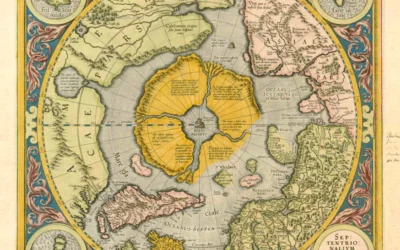




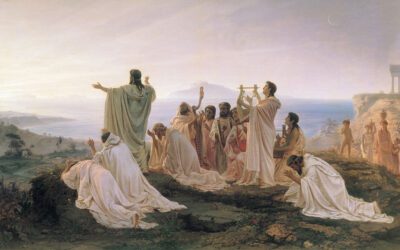
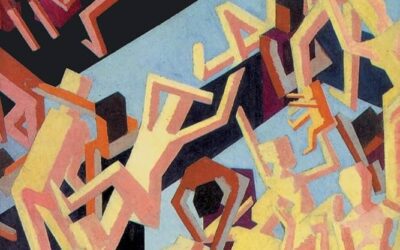
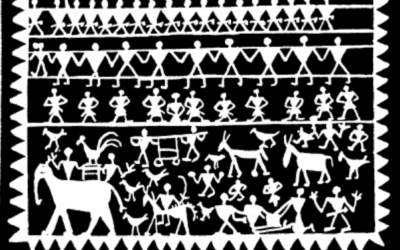

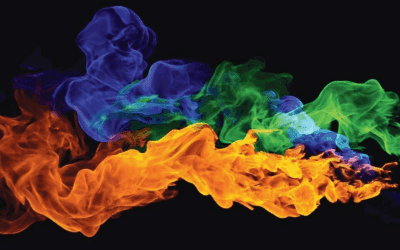








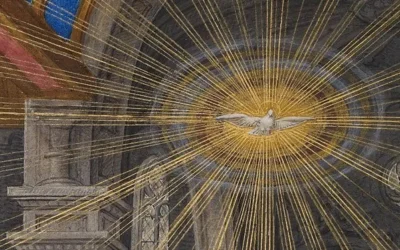





0 Comments